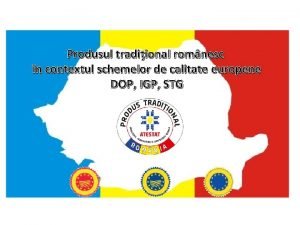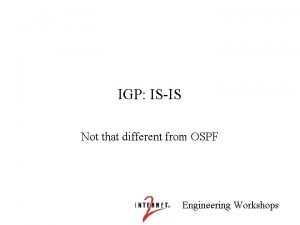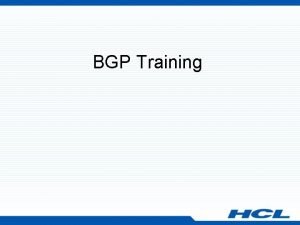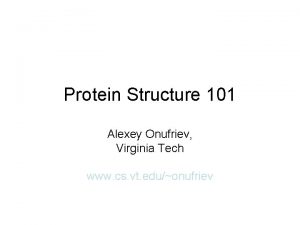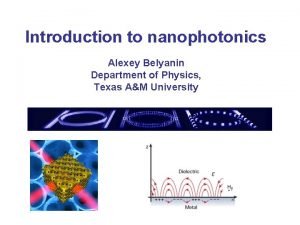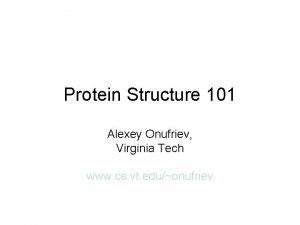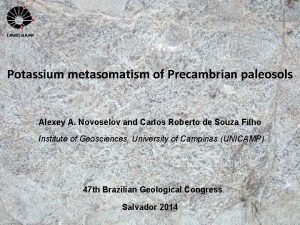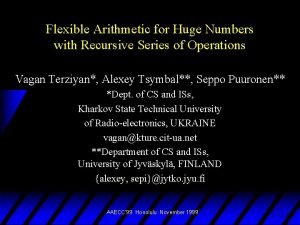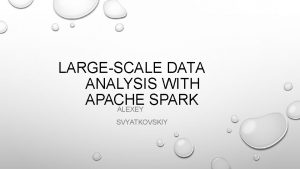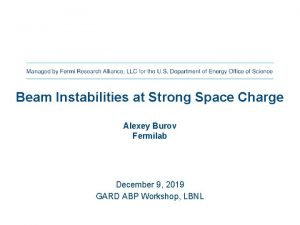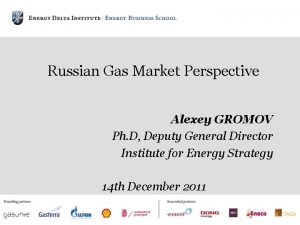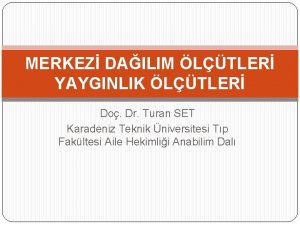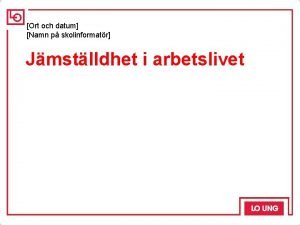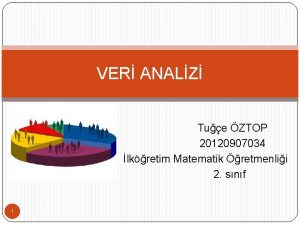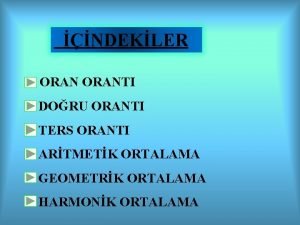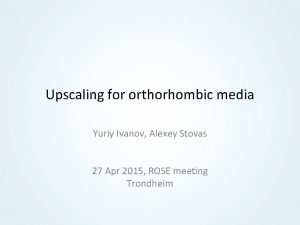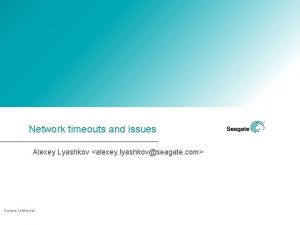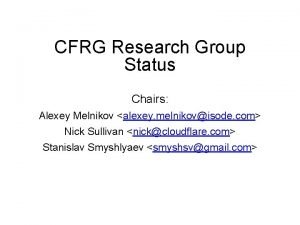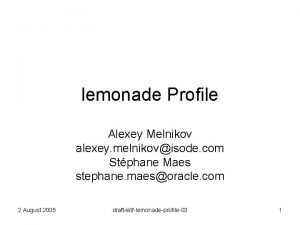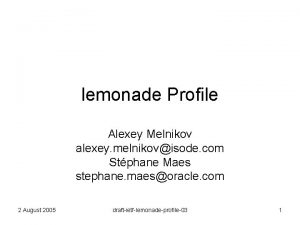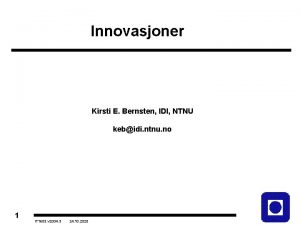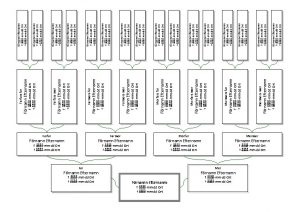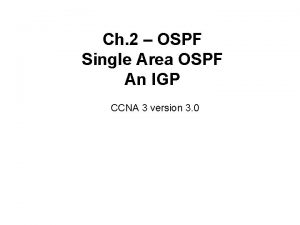Lowfrequency ORT Alexey Stovas IGP NTNU OUTLINE Lowfrequency







![The BCH series [x, y] is a commuting operator a is a volume fraction The BCH series [x, y] is a commuting operator a is a volume fraction](https://slidetodoc.com/presentation_image_h2/ff0b62ec22aa1a667b8593e38cbb05b8/image-8.jpg)













- Slides: 21

Low-frequency ORT Alexey Stovas, IGP, NTNU

OUTLINE • Low-frequency properties of layered medium • ORT medium and parameterization • BCH series for ORT • Eigenvalues, multipliers and frequency dependent velocities • Interpretation of dispersion in terms of ORT parameters • Conclusions

Low-frequency properties of the medium ØZero- and infinite-frequency limits ØGiven frequency w=w 0 (non-physical medium) ØLow-frequency approximation + =

ORT: stiffness coefficient matrix Tsvankin, 1997

System matrix for ORT

Upscaling (replacement of Schoenberg-Muir) Zero-frequency limit

The BCH series Roganov and Stovas, 2012
![The BCH series x y is a commuting operator a is a volume fraction The BCH series [x, y] is a commuting operator a is a volume fraction](https://slidetodoc.com/presentation_image_h2/ff0b62ec22aa1a667b8593e38cbb05b8/image-8.jpg)
The BCH series [x, y] is a commuting operator a is a volume fraction Roganov and Stovas, 2012

The BCH series Roganov and Stovas, 2012

Weak contrast Isotropic background Weak contrast in elastic and anisotropy parameters Matrix series with respect to contrast

Weak contrast

Weak contrast Matrix series with respect to contrast No second-order contrasts in dispersion terms!

Characteristic equation (eigenvalues)

Characteristic equation (eigenvalues)

Characteristic equation (P-eigenvalues)

Slowness surface dispersion P S 1 S 2 Frequency

Multipliers p 1=0. 1 p 2=0. 1 p 1=0. 05 p 2=0. 2 p 1=0. 2 p 2=0. 05 P wave (down, up) S 1 wave (down, up) S 2 wave (down, up)

Phase velocity, km/s Frequency-dependent phase velocity P-wave S 1 -wave S 2 -wave Frequency, Hz

Wave mode selection Trial series for dispersion coefficient: Three solutions for a 00 that give the wave mode selection.

Quadratic form D 2 D 4

Conclusions • We derive the low frequency approximation for waves propagating in multi-layered orthorhombic model. • The weak-contrast approximation is introduced. • We show that the stop-bands are the result of interaction of different wave modes (P, S 1 and S 2). • The stop-bands are illustrated by multipliers. • By defining the low-frequency effective anisotropic parameters, we perform the sensitivity analysis for intrinsic anisotropy parameters.
 Expand igp in microfinance
Expand igp in microfinance Dop igp stg
Dop igp stg Isis igp
Isis igp Igp argane
Igp argane Igp tracking rules
Igp tracking rules Learning english speaking
Learning english speaking Well-known discretionary attributes
Well-known discretionary attributes Alexey ustinov
Alexey ustinov Alexey onufriev
Alexey onufriev Introduction to nanophotonics
Introduction to nanophotonics Alexey onufriev
Alexey onufriev Alexey novoselov
Alexey novoselov Alexey tsymbal
Alexey tsymbal Alexey svyatkovskiy
Alexey svyatkovskiy Alexey burov
Alexey burov Alexey gromov
Alexey gromov çeyrekler açıklığı
çeyrekler açıklığı Ort den datum
Ort den datum Datum ort
Datum ort Aritmetik ortalama nedir
Aritmetik ortalama nedir Ters orantı sembolü
Ters orantı sembolü Consuelo belloch ortí
Consuelo belloch ortí

